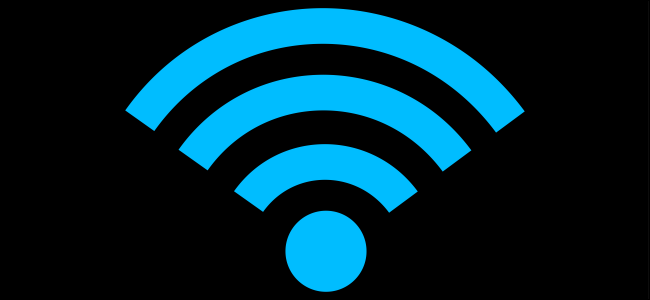Quick Links
When you start your microwave, do you lose Wi-Fi signal on a nearby device? Wi-Fi and Microwaves both operate on a similar frequency, which can lead to interference. But why? And if that’s the case why doesn’t Wi-Fi cook you?
Microwaves and Wi-Fi Use the Same Unlicensed Spectrum
In 1947 the International Telecommunication Union established the ISM bands, short for Industrial, Scientific, and Medical. The goal was to define what devices would be allowed to run at certain bands of radio frequency so that they wouldn't cause interference with other radio communication services.
The ITM designated the 2.4 GHz band as an unlicensed spectrum specifically for microwave ovens. This band has three compelling properties: It doesn't require much power to broadcast, it's easy to contain, and at relatively lower power it can heat food. All this lowered the cost and barrier of entry for consumers.
As the ISM name suggests, the original intention was for use only in devices that didn't provide communication. In the years since the prospect of an unlicensed spectrum has been used outside the original purpose, such as cordless phones, walkie-talkies, and more recently Wi-Fi. The 2.4 GHz band was ideal with its low cost to implement, lower power needs, and decent distance capabilities.
Microwaves Aren't a Faraday Cage; They Leak
Anything that runs on the ISM bands is supposed to be designed for intolerances to avoid interference, and Wi-Fi devices do have algorithms expressly for that purpose. However, a microwave is powerful enough to overwhelm any nearby Wi-Fi signals.
Microwaves have shielding to prevent this, but they aren't a perfect Faraday cage. The very nature of a mesh window on the door prevents that. It isn't uncommon to have some leakage from a microwave---just look at one that hasn't been cleaned in a while to see that. You'll likely see grime and grease on the outside that could only have come from food on the inside. If it can leak solids, then it can leak radio waves too.
Microwaves and Wi-Fi devices use a similar enough frequency that one can interfere with the other. Your Wi-Fi won't do anything noticeable to the microwave of course, in part because of its shielding and in part because all it is trying to to do is heat your food.
No Wi-Fi Can't Cook You
Wi-fi and Microwaves do use an extremely similar radio frequency, but there are two significant differences: focus and power. A Wi-Fi router sends its signal out omnidirectionally. That is, it sends it in every direction in a rough circle as far as it can. Your microwave, on the other hand, sends its signal in a single direction, roughly towards the center of the oven. That signal continues until it hits a wall, bounces and comes back (at a slightly different angle). It isn't a perfect system, due to the nature of radio waves, and so every microwave has hot and cold spots. That's why microwaves have spinning plates.
Microwaves also use more power than a Wi-Fi router; typically they generate 1000 watts of power. Conversely, a standard Wi-Fi router generates about 100 milliwatts (or 0.1 watts) of power. You'd have to increase the Wi-Fi router's power output about 10,000 times and confine the beam to have a chance at cooking anything.
You Probably Don't Need a New Microwave
If you do see interference issues, you don't need to replace the microwave; most likely the leak is tiny and not harmful to you. Wi-Fi is much more sensitive, and it doesn't take much to cause an issue. Instead of replacing the microwave you could move it. Alternatively, buy a new Wi-Fi router that operates on the 5ghz band. You will not only avoid interference from the microwave, but you'll also prevent interference from your neighbors.
Image Credit: Sergey91988/Shutterstock.com


